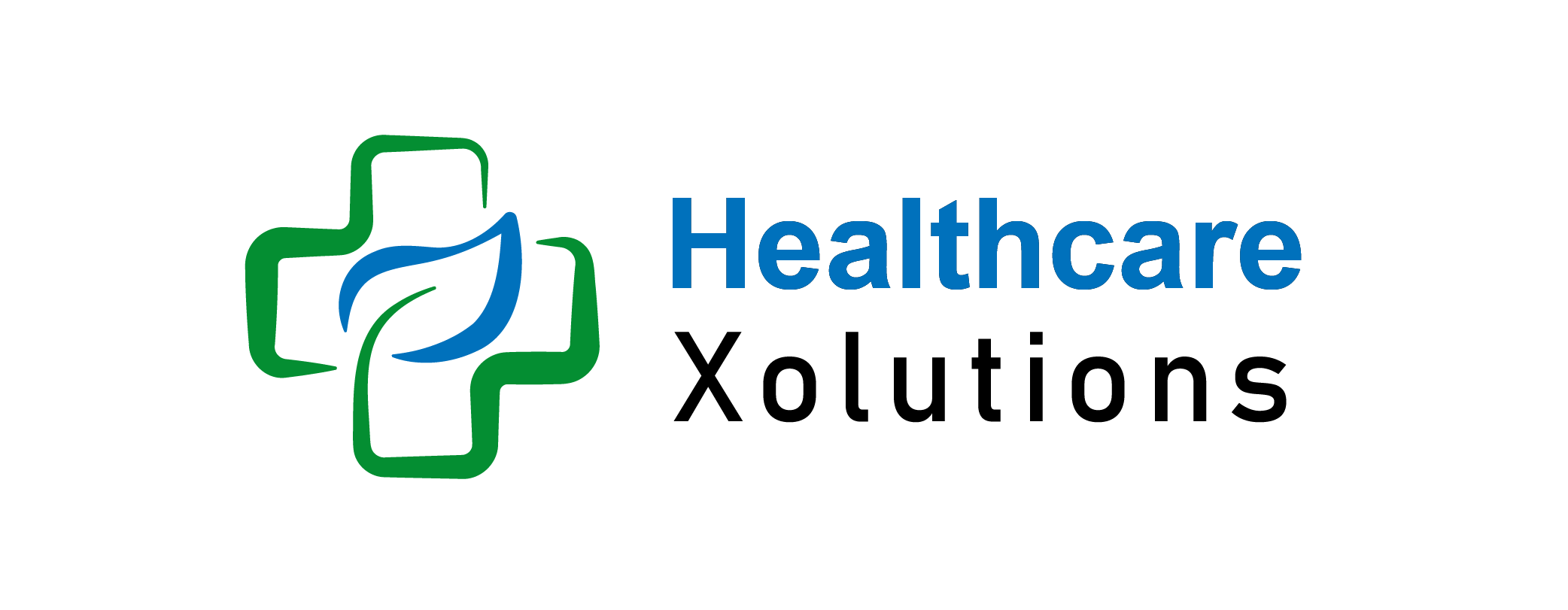Ways To Lower Your ACA Marketplace Premiums: A Comprehensive Guideline

Navigating the world of health insurance can be daunting, especially when trying to find ways to make coverage more affordable. The Affordable Care Act (ACA), also known as Obamacare, offers several avenues to help reduce premiums and make healthcare more accessible. Whether you’re enrolling for the first time or you’re a current policyholder, understanding these strategies can lead to significant savings on your monthly premiums.
This article provides a comprehensive guide on how to lower ACA premiums.
Key Takeaways:
- Understand the Importance of Income Reporting: Accurate income reporting is crucial as it determines eligibility for subsidies that can significantly reduce your premiums.
- · Utilize Tax Credits: Take advantage of premium tax credits available to lower-income individuals and families, which directly reduce the cost of premiums.
- · Choose the Right Plan: Select a plan that balances cost and needs; sometimes a higher deductible plan with lower monthly premiums may be more cost-effective based on your healthcare usage.
- · Review Plan Options Annually: Premiums and benefits change yearly; reviewing your plan during the open enrollment period can ensure you have the most cost-effective coverage.
- · Apply for Cost-Sharing Reductions (CSRs): If eligible, CSRs can lower the amount you pay for deductibles, copayments, and coinsurance, in addition to premium subsidies.
- · Consider All Household Members: Ensure that all eligible family members are included in your health plan, as this might increase your subsidy eligibility.
- · Check for Other Eligibility: Some states have expanded eligibility for Medicaid under the ACA, which can provide lower-cost healthcare options compared to Marketplace plans.
Table of Contents:
Effective Strategies For Lower ACA Premiums?
1. Explore Premium Tax Credits:
One of the most effective ways to reduce your ACA premiums is through premium tax credits. These credits are available to individuals and families with incomes between 100% and 400% of the federal poverty level. The credits are designed to cap your premium costs at a percentage of your income, ensuring that health insurance remains affordable. To maximize your savings, ensure you accurately report your income and household size, as these factors significantly impact the amount of credit you receive.
2. Choose The Right Plan:
The ACA Marketplace offers a variety of health insurance plans categorized into metal tiers: Bronze, Silver, Gold, and Platinum. Each tier offers different levels of coverage and premium costs. Bronze plans have the lowest premiums but higher out-of-pocket costs, while Platinum plans have the highest premiums and lowest out-of-pocket costs. For those who expect low medical expenses and prefer lower monthly premiums, a Bronze or Silver plan might be the best cost-effective option.
3. Utilize Cost-Sharing Reductions:
Cost-sharing reductions (CSRs) are subsidies that reduce out-of-pocket costs such as deductibles, copayments, and coinsurance, and they are only available for Silver plans. If your income falls between 100% and 250% of the federal poverty level, you qualify for CSRs. This means that by choosing a Silver plan, you could benefit from both lower out-of-pocket costs and premium tax credits, making it an optimal choice for those eligible.
4. Update Your Information Promptly:
Changes in income, family size, or employment status can affect your premium tax credit eligibility. By promptly updating your Marketplace information whenever these changes occur, you can ensure your premium assistance is accurate. This prevents paying higher premiums or owing money when you file your annual tax return.
5. Consider Medicaid Or CHIP:
If your income is very low, check if you qualify for Medicaid or the Children’s Health Insurance Program (CHIP). These programs offer low-cost health coverage, with eligibility depending on your income level, family size, and state-specific rules. Enrolling in Medicaid or CHIP can provide comprehensive health coverage at little to no cost.
6. Shop During Open Enrollment:
Each year, the ACA Marketplace has an open enrollment period where you can shop for or switch insurance plans. Comparing plans during this period is crucial as you might find a more affordable option that fits your healthcare needs better than your current plan. Additionally, insurance companies often adjust plan offerings and pricing, which can influence your choice of an economically viable plan.
7. Avoid Tobacco Use:
Tobacco use can significantly increase health insurance premiums. Smoking can increase your health insurance premiums significantly due to the higher health risks associated with tobacco use. Insurers can charge tobacco users up to 50% more than non-users. Quitting tobacco can not only improve your health but also lower your insurance costs substantially over time.
8. Use an Experienced Health Insurance Agent:
Consulting with a licensed health insurance agent can provide personalized guidance tailored to your financial and medical needs. These professionals can help you navigate the Marketplace, assess your eligibility for subsidies, and find the plan that best suits your budget and coverage requirements.
9. Review Your Household Income:
Ensure that all income data provided in your Marketplace application is accurate and up-to-date. Sometimes, even small changes in your income can affect your eligibility for cost-saving subsidies. Regularly updating your income information can help you maximize your eligibility for premium reductions.
10. Consider A Family Plan:
If you have dependents, compare the costs of individual plans versus a family plan. Sometimes, grouping everyone into a single plan can be more cost-effective. Additionally, the overall family income can play a critical role in qualifying for higher subsidies, which can lower premium costs.
By employing these strategies, you can make your ACA Marketplace premiums more manageable. Remember to assess your healthcare needs annually and adjust your coverage as necessary to ensure you are always receiving the best possible value.
- Lowering ACA Marketplace premiums is a crucial step toward improving the healthcare system’s efficiency, making healthcare more equitable, and ensuring that all individuals have the opportunity to live healthy lives without financial hardship.
Why Are ACA Lower Premiums Important?
Affordability:
High premiums can be a significant financial burden, particularly for individuals and families with tight budgets. Reducing these costs can make health insurance more affordable and accessible, ensuring that more people can obtain necessary medical care without financial strain.
Increased Coverage:
Lower premiums can encourage more people to sign up for health insurance. Higher enrollment rates can lead to a healthier population and reduced costs for emergency and long-term medical care, as people are more likely to seek preventive services and manage chronic conditions effectively.
Economic Stability:
When individuals and families spend less on health premiums, they have more disposable income for other necessities, such as housing, food, and savings. This can contribute to overall economic stability and consumer spending.
Health Equity:
High premiums can disproportionately affect lower-income families and individuals, leading to health disparities. Reducing these costs can help bridge the gap in health equity, ensuring that all demographic groups have equal access to healthcare.
Preventive Care Utilization:
Affordable premiums encourage more people to use preventive services included in their plans. Preventive care can reduce the likelihood of severe health issues and high medical costs in the future by catching health issues early.
Long-term Savings:
By making health coverage more affordable and encouraging broader enrollment and regular use of healthcare services, overall healthcare costs can be controlled. This can lead to savings for both consumers and insurers over the long term.
Conclusion – Lower ACA Premiums:
Lower ACA premiums are achievable through a combination of understanding the available subsidies, choosing appropriate plans, and making informed health and lifestyle choices. By actively managing your health insurance options and staying informed about changes in the Marketplace, you can secure affordable, comprehensive healthcare coverage that meets your needs and budget.
